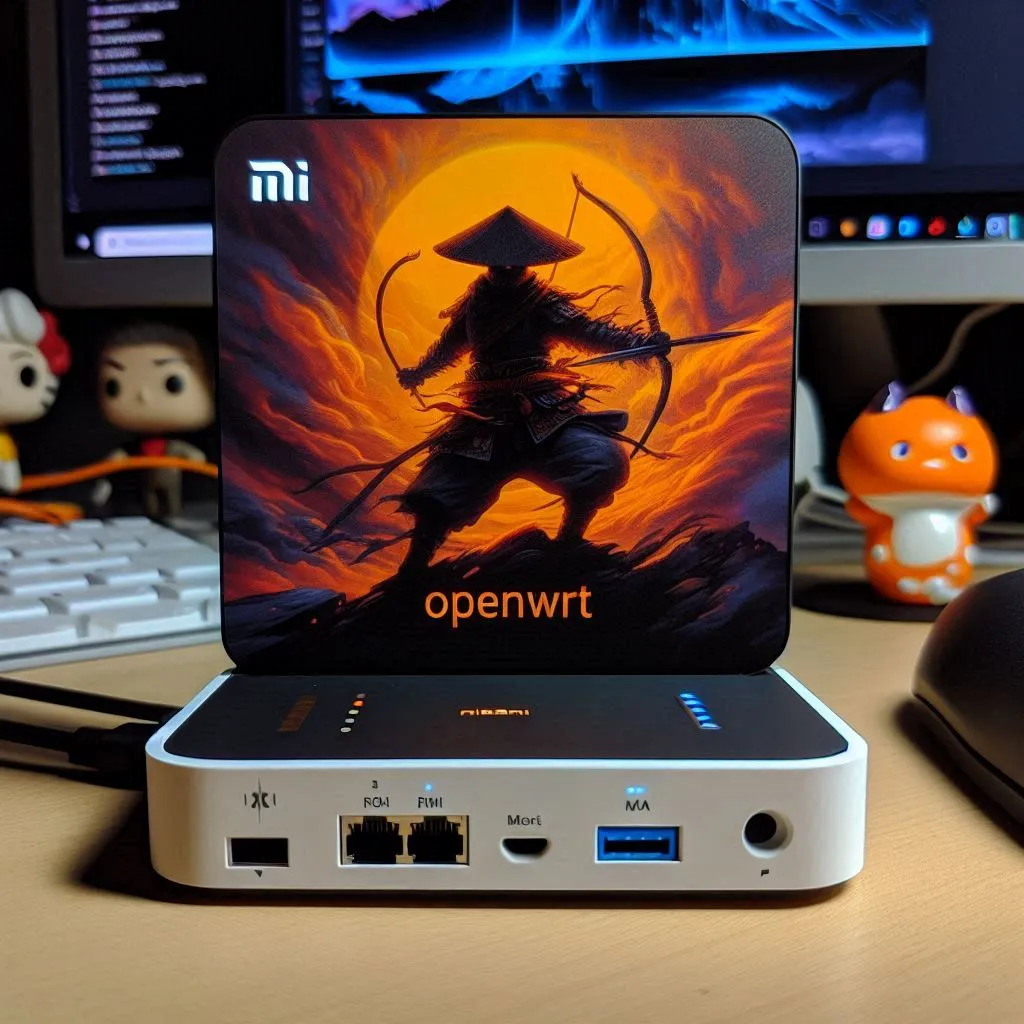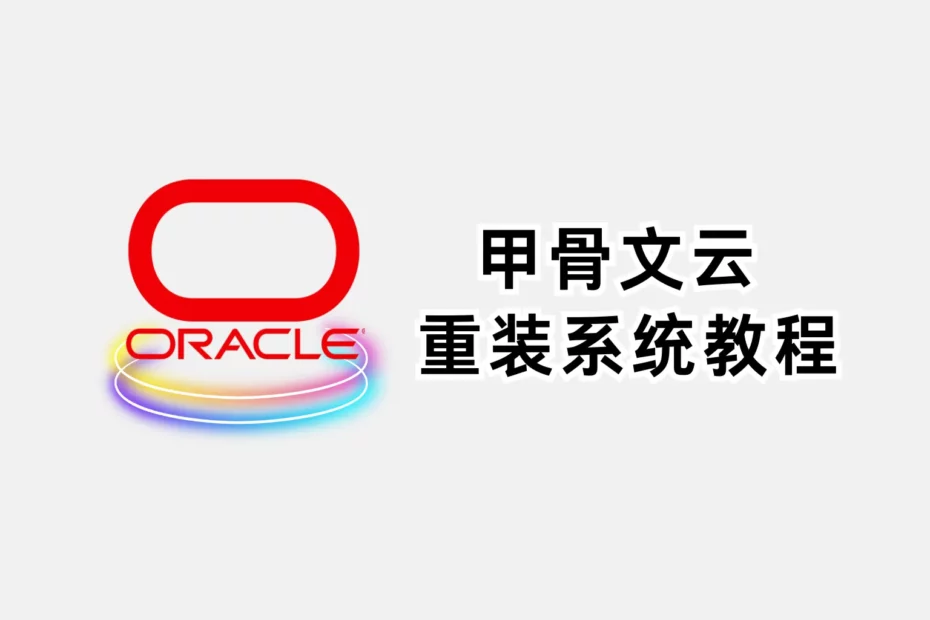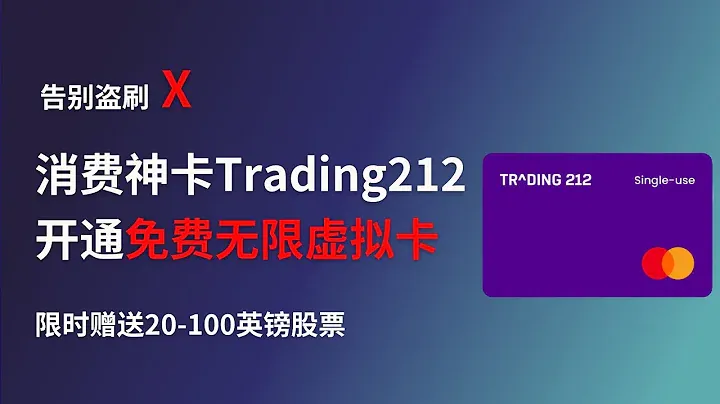
Oracle Kubernetes 1.22 单机部署中文指南
Oracle Kubernetes 1.22 单机部署中文指南
-
一、前言
-
二、基础环境部署
-
- 1)前期准备
- 2)安装容器 docker
- 3)部署k8s
-
三、k8s 管理平台 dashboard 环境部署
-
- 1)dashboard 部署
- 2)创建登录用户
- 3)配置 hosts 登录 dashboard web
-
四、harbor 部署
-
-
1)安装 harbor
-
2)配置 hosts
-
3)创建 tls 证书
-
4)安装 ingress
-
5)安装 nfs
-
一、前言
官网:https://kubernetes.io/
官方文档:https://kubernetes.io/zh-cn/docs/home/
docker官网安装地址: https://docs.docker.com/engine/install/ubuntu/
k8s version: 1.22
docker version: 24.0.5
helm version: 3.14.2
ingress-nginx: 4.7.5
cert-manager: 1.11.1
主机系统:oracle-Linux-8
二、基础环境部署
1)前期准备
1、修改主机名
hostnamectl set-hostname k8s-master
2、关闭防火墙、设置iptables
iptables -P FORWARD ACCEPT
/etc/init.d/ufw stop
ufw disable
3、关闭 swap
swapoff -a
# 防止开机自动挂载 swap 分区
sed -i '/ swap / s/^\(.*\)$/#\1/g' /etc/fstab
4、修改内核参数
cat <<EOF > /etc/sysctl.d/k8s.conf
net.bridge.bridge-nf-call-ip6tables = 1
net.bridge.bridge-nf-call-iptables = 1
net.ipv4.ip_forward=1
vm.max_map_count=262144
EOF
modprobe br_netfilter
sysctl -p /etc/sysctl.d/k8s.conf
5、设置repository源
sudo yum install -y yum-utils
sudo yum-config-manager --add-repo https://download.docker.com/linux/centos/docker-ce.repo
6、将 SELinux 设置为 permissive 模式:
sudo setenforce 0
sudo sed -i 's/^SELINUX=enforcing$/SELINUX=permissive/' /etc/selinux/config
2)安装容器 docker(所有节点)
提示:v1.24 之前的 Kubernetes 版本包括与 Docker Engine 的直接集成,使用名为 dockershim 的组件。这种特殊的直接整合不再是 Kubernetes 的一部分 (这次删除被作为 v1.20 发行版本的一部分宣布)。你可以阅读检查 Dockershim 弃用是否会影响你 以了解此删除可能会如何影响你。要了解如何使用 dockershim 进行迁移,请参阅从 dockershim 迁移。
1、安装 Docker
sudo yum install docker-ce docker-ce-cli containerd.io docker-buildx-plugin docker-compose-plugin
2、修改docker cgroup
echo '{"registry-mirrors":["https://as94e9do.mirror.aliyuncs.com","https://ap39i30q.mirror.aliyuncs.com"],"exec-opts":["native.cgroupdriver=systemd"]}' >> /etc/docker/daemon.json
systemctl daemon-reload
systemctl restart docker
3)、部署k8s
1、安装 kubeadm, kubelet 和 kubectl
参照文档:https://kubernetes.io/zh-cn/docs/setup/production-environment/tools/kubeadm/install-kubeadm/
1、添加 Kubernetes 的 yum 仓库
cat <<EOF | sudo tee /etc/yum.repos.d/kubernetes.repo
[kubernetes]
name=Kubernetes
baseurl=https://packages.cloud.google.com/yum/repos/kubernetes-el7-aarch64
enabled=1
gpgcheck=1
gpgkey=https://packages.cloud.google.com/yum/doc/rpm-package-key.gpg
exclude=kubelet kubeadm kubectl
EOF
##或者
##https://blog.csdn.net/liangpangpangyo/article/details/126901766
cat > /etc/yum.repos.d/kubernetes.repo << EOF
[kubernetes]
name=Kubernetes
baseurl=https://mirrors.aliyun.com/kubernetes/yum/repos/kubernetes-el7-x86_64
enabled=1
gpgcheck=0
repo_gpgcheck=0
gpgkey=https://mirrors.aliyun.com/kubernetes/yum/doc/yum-key.gpg https://mirrors.aliyun.com/kubernetes/yum/doc/rpm-package-key.gpg
EOF
2、安装 kubelet、kubeadm 和 kubectl,并启用 kubelet 以确保它在启动时自动启动:
sudo yum install -y kubelet-1.22 kubeadm-1.22 kubectl-1.22 --disableexcludes=kubernetes
sudo systemctl enable --now kubelet
2、kubeadm初始化
# 导出初始化默认配置
kubeadm config print init-defaults > kubeadm.yaml
# 修改配置文件
apiVersion: kubeadm.k8s.io/v1beta3
bootstrapTokens:
- groups:
- system:bootstrappers:kubeadm:default-node-token
token: abcdef.0123456789abcdef
ttl: 24h0m0s
usages:
- signing
- authentication
kind: InitConfiguration
localAPIEndpoint:
advertiseAddress: 10.0.0.125 #修改为当前节点内网ip
bindPort: 6443
nodeRegistration:
criSocket: /var/run/dockershim.sock
imagePullPolicy: IfNotPresent
name: master
taints: null
---
apiServer:
timeoutForControlPlane: 4m0s
apiVersion: kubeadm.k8s.io/v1beta3
certificatesDir: /etc/kubernetes/pki
clusterName: master # 修改为当前节点hostname
controllerManager: {}
dns: {}
etcd:
local:
dataDir: /var/lib/etcd
imageRepository: k8s.gcr.io
kind: ClusterConfiguration
kubernetesVersion: 1.22.0
networking:
dnsDomain: cluster.local
podSubnet: 10.244.0.0/16 # 添加此行
serviceSubnet: 10.96.0.0/12
scheduler: {}
## 初始化安装
kubeadm init --config kubeadm.yaml
kubernets 自v 1.24.0 后,就不再使用 docker.shim,替换采用 containerd 作为容器运行时端点。因此需要安装 containerd(在 docker 的基础下安装),上面安装 docker 的时候就自动安装了 containerd 了。这里的 docker 只是作为客户端而已。容器引擎还是 containerd。
containerd config default > /etc/containerd/config.toml
##重启 Containerd 服务
sudo systemctl restart containerd
发现节点有问题,查看日志 /var/log/messages
"Container runtime network not ready" networkReady="NetworkReady=false reason:NetworkPluginNotReady message:Network plugin returns error: cni plugin not initialized"
接下来就是安装网络插件、
3.安装flannel
https://github.com/flannel-io/flannel/tree/master
#1、Deploying Flannel with kubectl
kubectl apply -f https://github.com/flannel-io/flannel/releases/latest/download/kube-flannel.yml
#2、Deploying Flannel with helm
# Needs manual creation of namespace to avoid helm error
kubectl create ns kube-flannel
kubectl label --overwrite ns kube-flannel pod-security.kubernetes.io/enforce=privileged
helm repo add flannel https://flannel-io.github.io/flannel/
helm install flannel --set podCidr="10.244.0.0/16" --namespace kube-flannel flannel/flannel
#3、Intall CNI Network plugins
mkdir -p /opt/cni/bin
curl -O -L https://github.com/containernetworking/plugins/releases/download/v1.4.1/cni-plugins-linux-arm64-v1.4.1.tgz
tar -C /opt/cni/bin -xzf cni-plugins-linux-arm64-v1.4.1.tgz
4、安装helm
下载地址: https://github.com/helm/helm/releases,此处节点cpu为arm架构,所以采用helm-v3.14.2-linux-arm64.tar.gz
wget https://get.helm.sh/helm-v3.14.2-linux-arm64.tar.gz
# 解压
tar -zxvf helm-v3.14.2-linux-arm64.tar.gz
# 在解压目录中找到helm程序,移动到需要的目录中
mv linux-arm64/helm /usr/local/bin/helm
5、安装ingress-nginx
下载地址:https://github.com/kubernetes/ingress-nginx/releases
相关参数修改参考文档:https://www.cnblogs.com/syushin/p/15271304.html
#1、 下载、解压
wget https://github.com/kubernetes/ingress-nginx/releases/download/helm-chart-4.10.0/ingress-nginx-4.10.0.tgz
tar -zxvf ingress-nginx-4.10.0.tgz
#3、 部署
helm install ingress-nginx ./ingress-nginx -f ./ingress-nginx/values.yaml
#2、 在./ingress-nginx/values.yaml 中修改参数
dnsPolicy: ClusterFirstWithHostNet
hostNetwork: true
# -- Use a `DaemonSet` or `Deployment
kind: DaemonSet
ipFamilies:
- IPv4
ports:
http: 80
https: 443
targetPorts:
http: http
https: https
type: ClusterIP ##修改为ClusterIP
## Default 404 backend
defaultBackend:
##
enabled: true
name: defaultbackend
image:
registry: registry.k8s.io
image: defaultbackend-arm64
## for backwards compatibility consider setting the full image url via the repository value below
## use *either* current default registry/image or repository format or installing chart by providing the values.yaml will fail
## repository:
tag: "1.5"
nodeSelector:
kubernetes.io/os: linux
##ingress: true 添加这行时表示在集群中可以指定ingress-nginx部署在对应有ingress标签的节点,这里我们不需要
发现节点有问题,查看日志
1 node(s) had untolerated taint {node-role.kubernetes.io/control-plane: }. preemption: 0/1 nodes are available:
因为kubernetes出于安全考虑默认情况下无法在master节点上部署pod,需要进行解除限制操作,此处的control-plane是指节点的roles角色
root@k8s-master:~|⇒ kubectl get nodes
NAME STATUS ROLES AGE VERSION
master Ready control-plane,master 14h v1.22.9
kubectl taint nodes --all node-role.kubernetes.io/control-plane-
kubectl taint nodes --all node-role.kubernetes.io/master-
kubectl taint nodes --all node-role.kubernetes.io/(角色)-
6、安装cert-manager
官方安装:
https://cert-manager.io/docs/installation/helm/
https://cert-manager.io/docs/tutorials/acme/nginx-ingress/#step-1---install-helm
https://artifacthub.io/packages/helm/cert-manager/cert-manager
# 1、安装CRDs
kubectl apply -f https://github.com/cert-manager/cert-manager/releases/download/v1.14.4/cert-manager.crds.yaml
#2、安装cert-manager
helm repo add jetstack https://charts.jetstack.io
helm repo update
helm install cert-manager jetstack/cert-manager --namespace cert-manager --create-namespace --version v1.14.4 --set "ingressShim.defaultIssuerName=letsencrypt-prod,ingressShim.defaultIssuerKind=ClusterIssuer"
# 3、部署Issuers
wget -f https://raw.githubusercontent.com/cert-
manager/website/master/content/docs/tutorials/acme/example/production-issuer.yaml
# 4、修改production-issuer.yaml中有关参数
apiVersion: cert-manager.io/v1
kind: ClusterIssuer
metadata:
name: letsencrypt-prod
spec:
acme:
# The ACME server URL
server: https://acme-v02.api.letsencrypt.org/directory
# Email address used for ACME registration
email: zszxingchenid@gmail.com
# Name of a secret used to store the ACME account private key
privateKeySecretRef:
name: letsencrypt-prod
# Enable the HTTP-01 challenge provider
solvers:
- http01:
ingress:
ingressClassName: nginx
# 5、部署
kubectl apply -f production-issuer.yaml
7、安装ingress-nginx+cert-manager应用检测ssl
helm install nginx-test ./nginx-test
kubectl get svc
kubectl get secret
kubectl get certificate
kubectl describe certificate nginx-test-example-tls
8、部署 local-path provisioner 持久化存储
#1、下载local-path-provisioner文件
wget https://raw.githubusercontent.com/rancher/local-path-provisioner/master/deploy/local-path-storage.yaml
#2、修改local-path-storage.yaml的命名空间namespace为kube-system
apiVersion: v1
kind: Namespace
metadata:
name: kube-system # Set the namespace to kube-system
---
...
#3、部署
kubectl apply -f local-path-storage.yaml
#4、使用示例
apiVersion: v1
kind: PersistentVolumeClaim
metadata:
name: my-pvc
spec:
accessModes:
- ReadWriteOnce
storageClassName: local-path
resources:
requests:
storage: 1Gi
四、harbor 部署
1)安装harbor
1、添加harbor远程仓库
helm repo add harbor https://helm.goharbor.io
helm repo update
2、拉取部署文件、解压文件
helm pull harbor/harbor
tar -zxvf harbor-1.13.1.tgz
3、修改values.yaml配置
expose:
# Set how to expose the service. Set the type as "ingress", "clusterIP", "nodePort" or "loadBalancer"
# and fill the information in the corresponding section
type: ingress
tls:
# Enable TLS or not.
# Delete the "ssl-redirect" annotations in "expose.ingress.annotations" when TLS is disabled and "expose.type" is "ingress"
# Note: if the "expose.type" is "ingress" and TLS is disabled,
# the port must be included in the command when pulling/pushing images.
# Refer to https://github.com/goharbor/harbor/issues/5291 for details.
enabled: true
# The source of the tls certificate. Set as "auto", "secret"
# or "none" and fill the information in the corresponding section
# 1) auto: generate the tls certificate automatically
# 2) secret: read the tls certificate from the specified secret.
# The tls certificate can be generated manually or by cert manager
# 3) none: configure no tls certificate for the ingress. If the default
# tls certificate is configured in the ingress controller, choose this option
certSource: secret #自定source of the tls certificate类型
auto:
# The common name used to generate the certificate, it's necessary
# when the type isn't "ingress"
commonName: ""
secret:
# The name of secret which contains keys named:
# "tls.crt" - the certificate
# "tls.key" - the private key
secretName: "harbor-tls" #指定secretName
ingress:
hosts:
core: harbor.example.com #指定域名
# set to the type of ingress controller if it has specific requirements.
# leave as `default` for most ingress controllers.
# set to `gce` if using the GCE ingress controller
# set to `ncp` if using the NCP (NSX-T Container Plugin) ingress controller
# set to `alb` if using the ALB ingress controller
# set to `f5-bigip` if using the F5 BIG-IP ingress controller
controller: default
## Allow .Capabilities.KubeVersion.Version to be overridden while creating ingress
kubeVersionOverride: ""
className: "nginx" #指定代理类型,traefik或者nginx
annotations:
# note different ingress controllers may require a different ssl-redirect annotation
# for Envoy, use ingress.kubernetes.io/force-ssl-redirect: "true" and remove the nginx lines below
# 此处为nginx时的配置
nginx.ingress.kubernetes.io/proxy-body-size: "30M"
cert-manager.io/cluster-issuer: "letsencrypt-prod"
cert-manager.io/issue-temporary-certificate: "true"
acme.cert-manager.io/http01-edit-in-place: "true"
# 此处为traefik时的配置
# kubernetes.io/ingress.class: traefik
# cert-manager.io/cluster-issuer: letsencrypt-prod
harbor:
# harbor ingress-specific annotations
annotations: {}
# harbor ingress-specific labels
labels: {}
clusterIP:
# The name of ClusterIP service
name: harbor
# Annotations on the ClusterIP service
annotations: {}
ports:
# The service port Harbor listens on when serving HTTP
httpPort: 80
# The service port Harbor listens on when serving HTTPS
httpsPort: 443
nodePort:
# The name of NodePort service
name: harbor
ports:
http:
# The service port Harbor listens on when serving HTTP
port: 80
# The node port Harbor listens on when serving HTTP
nodePort: 30002
https:
# The service port Harbor listens on when serving HTTPS
port: 443
# The node port Harbor listens on when serving HTTPS
nodePort: 30003
loadBalancer:
# The name of LoadBalancer service
name: harbor
# Set the IP if the LoadBalancer supports assigning IP
IP: ""
ports:
# The service port Harbor listens on when serving HTTP
httpPort: 80
# The service port Harbor listens on when serving HTTPS
httpsPort: 443
annotations: {}
sourceRanges: []
# The external URL for Harbor core service. It is used to
# 1) populate the docker/helm commands showed on portal
# 2) populate the token service URL returned to docker client
#
# Format: protocol://domain[:port]. Usually:
# 1) if "expose.type" is "ingress", the "domain" should be
# the value of "expose.ingress.hosts.core"
# 2) if "expose.type" is "clusterIP", the "domain" should be
# the value of "expose.clusterIP.name"
# 3) if "expose.type" is "nodePort", the "domain" should be
# the IP address of k8s node
#
# If Harbor is deployed behind the proxy, set it as the URL of proxy
externalURL: https://harbor.example.com #指定访问地址
# The persistence is enabled by default and a default StorageClass
# is needed in the k8s cluster to provision volumes dynamically.
# Specify another StorageClass in the "storageClass" or set "existingClaim"
# if you already have existing persistent volumes to use
#
# For storing images and charts, you can also use "azure", "gcs", "s3",
# "swift" or "oss". Set it in the "imageChartStorage" section
persistence:
enabled: true
# Setting it to "keep" to avoid removing PVCs during a helm delete
# operation. Leaving it empty will delete PVCs after the chart deleted
# (this does not apply for PVCs that are created for internal database
# and redis components, i.e. they are never deleted automatically)
resourcePolicy: "keep"
persistentVolumeClaim:
registry:
# Use the existing PVC which must be created manually before bound,
# and specify the "subPath" if the PVC is shared with other components
existingClaim: ""
# Specify the "storageClass" used to provision the volume. Or the default
# StorageClass will be used (the default).
# Set it to "-" to disable dynamic provisioning
storageClass: "local-path" #指定持久化storageClass
subPath: ""
accessMode: ReadWriteOnce
size: 5Gi
annotations: {}
jobservice:
jobLog:
existingClaim: ""
storageClass: "local-path"
subPath: ""
accessMode: ReadWriteOnce
size: 1Gi
annotations: {}
# If external database is used, the following settings for database will
# be ignored
database:
existingClaim: ""
storageClass: "local-path" #指定持久化storageClass
subPath: ""
accessMode: ReadWriteOnce
size: 1Gi
annotations: {}
# If external Redis is used, the following settings for Redis will
# be ignored
redis:
existingClaim: ""
storageClass: "local-path" #指定持久化storageClass
subPath: ""
accessMode: ReadWriteOnce
size: 1Gi
annotations: {}
trivy:
existingClaim: ""
storageClass: "local-path" #指定持久化storageClass
subPath: ""
accessMode: ReadWriteOnce
size: 5Gi
annotations: {}
# The initial password of Harbor admin. Change it from portal after launching Harbor
# or give an existing secret for it
# key in secret is given via (default to HARBOR_ADMIN_PASSWORD)
# existingSecretAdminPassword:
existingSecretAdminPasswordKey: HARBOR_ADMIN_PASSWORD
harborAdminPassword: "<password>" #指定管理员登陆密码
五、k8s部署问题及解决方案
1、使用cert-manerger安装自签证书使用出现的问题以及解决方式
k8s集群是1.20版本以上,使用这个会造成证书签发不成功
kubectl get certificate 查看READY对应的是False,好久都不会成功
解决方式:
在ingress.yaml加入以下配置
cert-manager.io/issue-temporary-certificate: "true"
acme.cert-manager.io/http01-edit-in-place: "true"
journalctl -xefu kubelet










